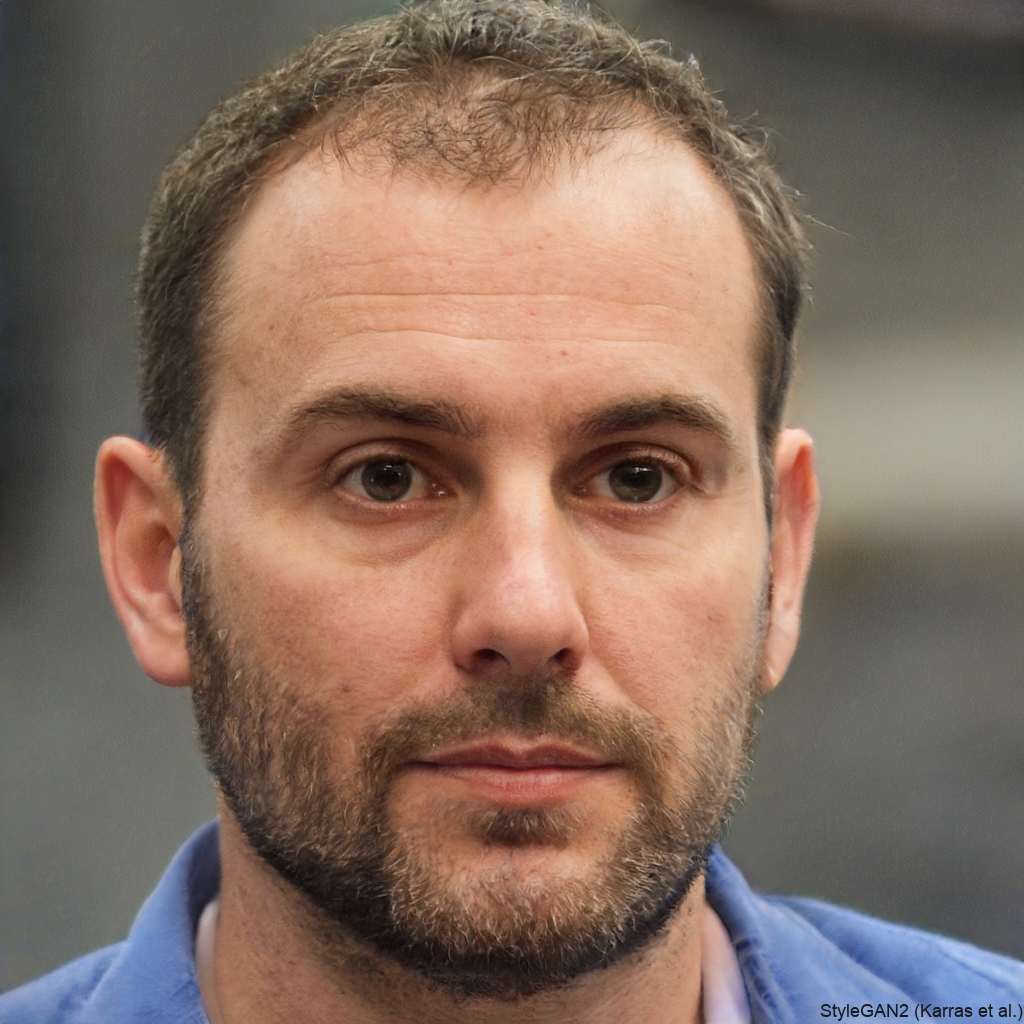Introduction: Why Content Marketing Isn’t Just a Trend—It’s the Future
Imagine this: you’re scrolling through your favorite social media feed, and instead of yet another ad, you stumble upon a short video that answers a question you’ve had for weeks. Or maybe it’s a blog post that simplifies a complex topic you’ve been avoiding. You read it, share it, and even save it for later. That’s the power of great content marketing.
Today, people don’t want to be sold to—they want to be helped. And that’s exactly where content marketing shines. It’s not about shouting your product features from the rooftops. It’s about building trust, offering value, and creating relationships that last. In fact, according to the Content Marketing Institute, 72% of marketers say content marketing increases engagement and boosts customer loyalty.
But here’s the truth: not all content is created equal. You can publish blog after blog, post after post, and still see little growth. Why? Because strategy matters. The most successful brands don’t just create content—they master it. They understand their audience, craft compelling stories, and deliver value at every touchpoint.
In this article, we’ll explore the core strategies behind content marketing mastery. You’ll learn how to move beyond random posts and start building a system that drives real engagement and sustainable growth. From audience understanding to storytelling, SEO, and performance measurement—we’ve got you covered. Whether you’re a small business owner, a marketer, or just curious about how content shapes modern business, this guide will give you actionable insights you can use today.
Let’s dive in.
1. Know Your Audience Like a Close Friend
You wouldn’t write a love letter without knowing the person you’re writing to, right? The same goes for content marketing. If you don’t truly understand your audience, your message will fall flat—no matter how beautifully it’s written.
The first step in mastering content marketing is developing a deep, empathetic understanding of your audience. This means going beyond basic demographics like age or location. It’s about understanding their fears, desires, challenges, and daily routines.
Start by creating audience personas—semi-fictional representations of your ideal customers. For example, if you run a fitness brand, one of your personas might be “Busy Brenda,” a 35-year-old working mom who wants to stay healthy but struggles with time. Another could be “Fitness Fred,” a 28-year-old gym enthusiast looking for advanced training tips.
To build these personas, ask questions like:
- What keeps them up at night?
- What are their biggest pain points?
- Where do they get their information?
- What kind of language do they use?
Once you have a clear picture, tailor your content to speak directly to them. Use their words, address their frustrations, and offer solutions they can actually use.
Pro Tip: Conduct real interviews. Talk to 5–10 of your current customers. Ask open-ended questions about their journey, what they liked about your product, and what they still struggle with. These conversations are goldmines for content ideas.
When you know your audience like a close friend, your content stops feeling like a broadcast and starts feeling like a conversation. And that’s where real engagement begins.
2. Storytelling: The Secret Weapon of Memorable Content
Facts tell, but stories sell. Think about the last piece of content you truly loved. Was it a dry list of statistics? Or was it a story about someone overcoming a challenge, just like you?
Humans are wired for stories. From ancient cave paintings to modern Netflix series, we’ve always used storytelling to make sense of the world. In content marketing, stories build emotional connections that logic alone can’t achieve.
Take the example of Dove’s “Real Beauty” campaign. Instead of just listing the benefits of their skincare products, Dove told stories of real women—different shapes, sizes, ages—challenging unrealistic beauty standards. The result? A global movement, millions of shares, and a massive boost in brand loyalty.
So how can you use storytelling in your content?
Start by identifying the hero of your story—and it’s not your brand. The hero is your customer. Your brand is the guide that helps them overcome obstacles and achieve their goals.
Use a simple story structure:
- Setup: Show the hero’s world before your solution.
- Conflict: Highlight the problem they’re facing.
- Resolution: Show how your product or content helps them win.
For example, a financial advisor might tell the story of a young couple drowning in debt, stressed about the future, until they discovered a simple budgeting system (the advisor’s method). The story ends with them buying a home and feeling in control.
Bonus Tip: Use real customer testimonials. Video stories, in particular, are incredibly powerful. Even a 60-second clip of a satisfied client saying, “This changed my life,” can do more than a thousand blog words.
When your content tells a story, it doesn’t just inform—it resonates. And resonant content gets shared, remembered, and trusted.
3. Create Value-First Content (Not Just Sales Pitches)
Let’s be honest: most brand content feels like a sales pitch in disguise. “Buy our product!” “We’re the best!” “Here’s why you need us!” But here’s the problem—people don’t follow brands that only talk about themselves.
The most effective content doesn’t scream “buy now.” It whispers “I understand you.”
This is the essence of value-first content—content that educates, entertains, or inspires before it sells. It’s the blog post that teaches a skill, the video that solves a common problem, or the checklist that saves time.
Think of it like the “give before you get” principle. If you help someone today, they’ll remember you tomorrow.
For example:
- A software company creates a free guide on “10 Time-Saving Hacks for Remote Teams.”
- A bakery shares a video tutorial: “How to Make the Perfect Croissant at Home.”
- A fitness coach posts a 5-minute morning stretch routine on Instagram.
None of these directly sell anything. But each one builds trust, positions the brand as an expert, and gently guides the audience toward a purchase—when they’re ready.
How to create value-first content:
- Answer common questions your audience has.
- Share behind-the-scenes insights.
- Offer free tools or templates.
- Break down complex topics into simple steps.
A great example is HubSpot, which built an entire empire on free content. Their blog, ebooks, and courses teach marketing, sales, and customer service—long before they ever mention their software. As a result, millions trust them as a go-to resource.
When you focus on value, you shift from being a vendor to being a trusted advisor. And that’s a relationship that lasts far longer than any single sale.
4. Optimize for Search and Discovery (Without Losing Your Voice)
You can create the most amazing content in the world—but if no one can find it, does it really exist?
That’s where SEO (Search Engine Optimization) comes in. But here’s the good news: SEO isn’t about stuffing keywords or tricking Google. It’s about making your content easy to discover for people who are already looking for what you offer.
Think of SEO as a bridge between your audience and your content. When someone types “how to start a garden for beginners” into Google, you want your article to be right there—top of the list.
But how do you do it without sounding robotic?
Start with keyword research. Use free tools like Google Keyword Planner or Ubersuggest to find phrases your audience actually searches for. Look for terms with decent search volume and low competition.
Then, naturally integrate those keywords into your content:
- In the title
- In headings
- In the first 100 words
- In image alt text
But don’t overdo it. Write for humans first, algorithms second. Google rewards content that’s helpful, well-structured, and engaging.
Bonus SEO strategies:
- Use short paragraphs and bullet points for readability.
- Add internal links to related content on your site.
- Include external links to authoritative sources.
- Optimize page load speed and mobile experience.
And don’t forget voice search. More people are using Siri, Alexa, and Google Assistant to search. Optimize for conversational phrases like “What’s the best way to learn Spanish?” instead of just “learn Spanish.”
One powerful example is Backlinko, a site run by SEO expert Brian Dean. His content ranks because it’s not only keyword-optimized—it’s also incredibly detailed and useful. He answers every possible question on a topic, making Google see it as a top resource.
When you combine great content with smart SEO, you’re not just hoping people find you—you’re making it inevitable.
5. Choose the Right Channels (Not All Platforms Are Equal)
You’ve created amazing content. Now where should you share it?
The truth is, not every platform is right for every brand. Posting the same content everywhere is a recipe for burnout—and poor results.
Instead, focus on the channels where your audience actually spends time.
Ask yourself:
- Is your audience on LinkedIn, looking for professional growth?
- Are they on TikTok, watching quick, fun videos?
- Do they prefer long-form content on YouTube or newsletters?
For example:
- A B2B tech company might thrive on LinkedIn and email newsletters.
- A fashion brand might dominate Instagram and Pinterest.
- A podcast for entrepreneurs might grow fastest on YouTube and Apple Podcasts.
Once you’ve picked your core platforms, tailor your content to each one.
Instagram loves visuals and short captions. LinkedIn favors professional insights and longer posts. TikTok rewards authenticity and trends. YouTube needs strong intros and clear structure.
Pro Tip: Repurpose, don’t repeat. Turn a blog post into:
- A LinkedIn article
- An Instagram carousel
- A TikTok video summary
- A podcast episode
This way, you maximize your effort without starting from scratch every time.
Take Gary Vaynerchuk, for example. He doesn’t create separate content for each platform—he adapts one core message across all of them. A motivational talk becomes a 60-second TikTok, a 5-minute YouTube video, and a detailed LinkedIn post.
By choosing the right channels and customizing your content, you stop shouting into the void and start having real conversations.
6. Measure What Matters: Turning Data into Growth
You wouldn’t drive a car without a dashboard, right? So why run a content strategy without tracking your results?
Many marketers fall into the trap of chasing vanity metrics—likes, followers, shares. But these don’t always translate to real business growth.
Instead, focus on meaningful metrics that show true engagement and progress.
Start with these key indicators:
- Traffic: Are more people visiting your site?
- Time on page: Are they actually reading your content?
- Bounce rate: Are they leaving immediately?
- Conversion rate: Are they taking action (e.g., signing up, buying)?
- Return on investment (ROI): Is your content generating revenue?
Use tools like Google Analytics, Google Search Console, and platform insights (e.g., Instagram Analytics) to track these numbers.
But don’t just collect data—act on it.
If a blog post gets high traffic but low time on page, maybe it’s not delivering what the headline promises. If a video has great retention but low shares, consider adding a stronger call-to-action.
Example: A travel blog notices that posts about “budget travel tips” get 3x more shares than luxury destination guides. So they shift focus, creating more budget-friendly content—and their email list grows by 40% in two months.
Also, set SMART goals:
- Specific: “Increase blog traffic by 25% in 3 months.”
- Measurable: Track using Google Analytics.
- Achievable: Based on past growth trends.
- Relevant: Tied to business objectives.
- Time-bound: 90 days.
When you measure what matters, you stop guessing and start growing—intentionally.
7. Build a Content Ecosystem, Not Just a Calendar
Most content strategies fail because they’re built on isolated pieces: one blog, one video, one post. But true mastery comes from creating a content ecosystem—a connected network where each piece supports and amplifies the others.
Think of it like a garden. You don’t just plant one flower and hope it thrives. You plant different plants that help each other grow—some provide shade, others attract pollinators.
Your content should work the same way.
For example:
- A lead magnet (free ebook) captures emails.
- A blog series nurtures subscribers with valuable tips.
- A YouTube video brings in new viewers from search.
- A newsletter ties it all together, driving traffic back to your site.
Each piece has a role, and together, they create a self-sustaining cycle of growth.
How to build your ecosystem:
- Map the customer journey: Awareness → Consideration → Decision.
- Create content for each stage:
- Awareness: “What is [problem]?”
- Consideration: “How to solve [problem]”
- Decision: “Why choose us?”
- Connect the dots: Use CTAs to guide readers to the next step.
Take Neil Patel, a digital marketing expert. His ecosystem includes:
- Free SEO tools (attract traffic)
- Blog posts (educate)
- YouTube videos (engage)
- Webinars (convert)
- Courses (monetize)
One piece leads to the next, creating a seamless experience.
When you stop thinking in terms of single posts and start building a system, your content doesn’t just exist—it grows.
8. Stay Consistent (Without Burning Out)
Here’s a hard truth: one viral post won’t build a brand. Consistency will.
But consistency doesn’t mean posting every single day at the risk of burnout. It means showing up regularly with quality content your audience can count on.
The key? A sustainable content rhythm.
Start small. If you’re new, aim for one high-quality blog post per week, or three social media posts. Focus on consistency over quantity.
Then, build systems to support you:
- Content batching: Set aside one day a month to write 4–6 pieces.
- Editorial calendar: Plan topics in advance.
- Templates: Use reusable outlines for blogs, videos, or emails.
- Team or tools: Use AI assistants or hire freelancers to help.
Also, repurpose smartly. One in-depth guide can become:
- 3 social media posts
- 1 email newsletter
- 2 short videos
- 1 podcast episode
This reduces the pressure to constantly create from scratch.
Real-world example: A small skincare brand posts every Tuesday and Friday on Instagram. They alternate between educational tips (“How to treat dry skin”) and customer stories. Over 6 months, their engagement doubles—not because they post constantly, but because their audience knows when to expect them.
Consistency builds trust. And trust builds audiences.
Conclusion: Your Content, Your Legacy
Content marketing isn’t just about driving traffic or making sales. At its best, it’s about making a difference. It’s about helping someone solve a problem, feel seen, or take a step toward their goals.
The strategies we’ve covered—knowing your audience, telling stories, creating value, optimizing for discovery, choosing the right channels, measuring results, building an ecosystem, and staying consistent—are not just tactics. They’re the foundation of a meaningful, lasting connection with your audience.
You don’t need a huge budget or a team of experts to start. You just need a willingness to listen, to serve, and to show up—again and again.
So ask yourself: What do you want your audience to feel when they consume your content? Inspired? Relieved? Empowered?
Let that question guide you. Create not just to grow, but to give. Because in the end, the most successful content isn’t the one that gets the most clicks—it’s the one that changes someone’s day.
Now, it’s your turn. Pick one strategy from this article and implement it this week. Then, come back and tell us in the comments: What happened? What did you learn?
Because content marketing mastery isn’t a destination—it’s a journey. And you’ve just taken a powerful step forward.

Danilo Ferreira is a passionate entrepreneur, travel, and financial freedom enthusiast, always seeking new ways to expand his horizons and live with purpose. Driven by a high-performance mindset, he combines discipline and curiosity to achieve ambitious goals, exploring the world while building projects that reflect his vision of independence and continuous growth.







